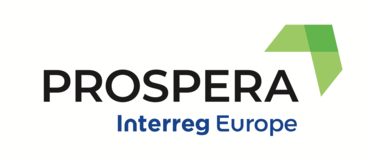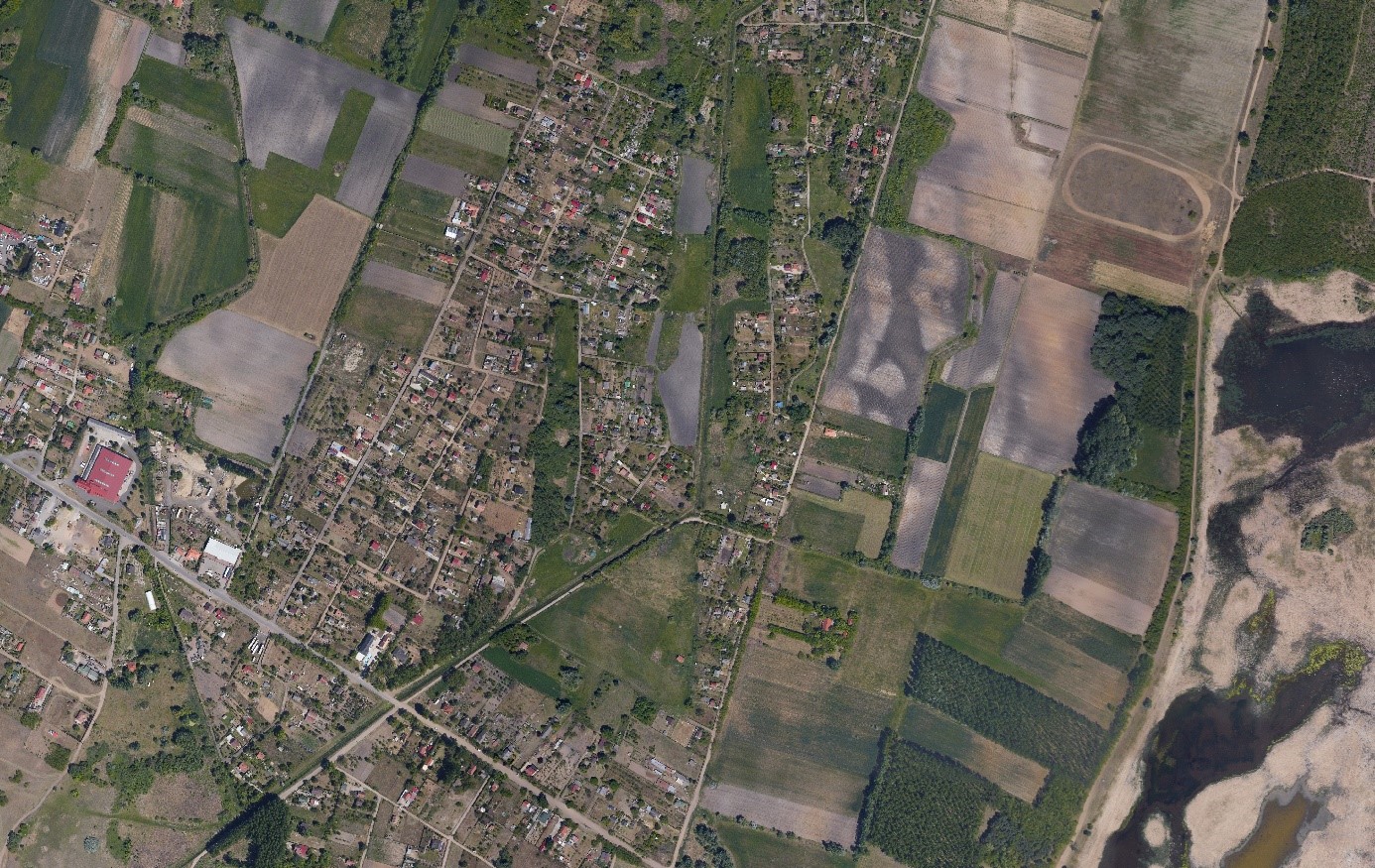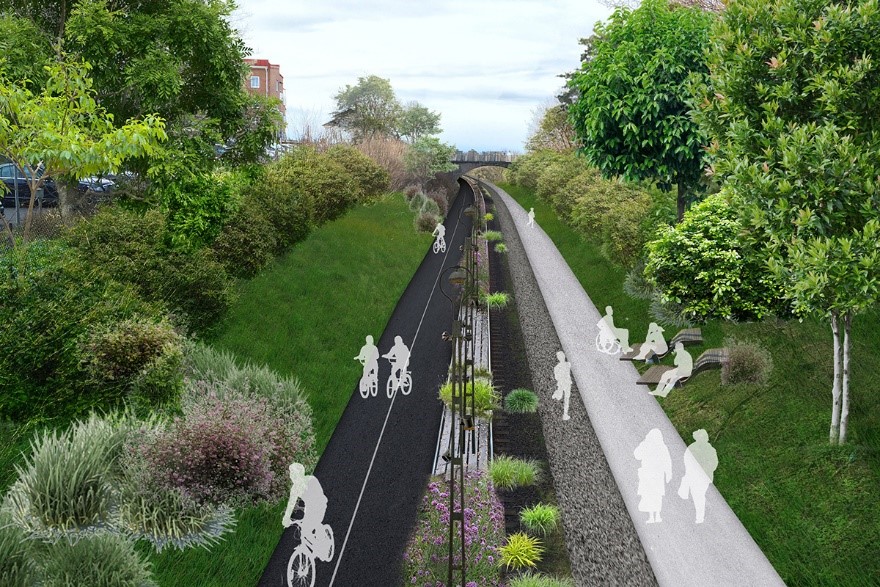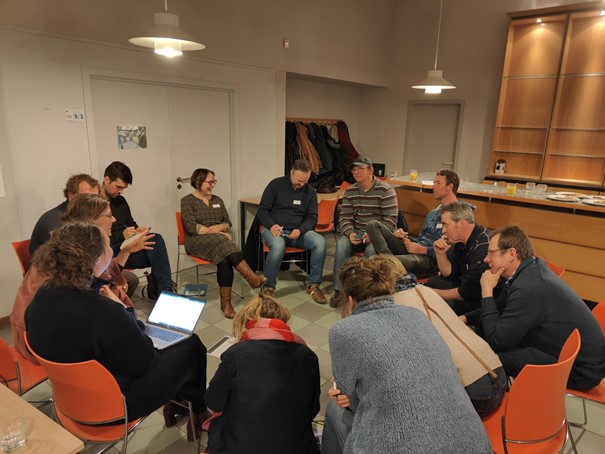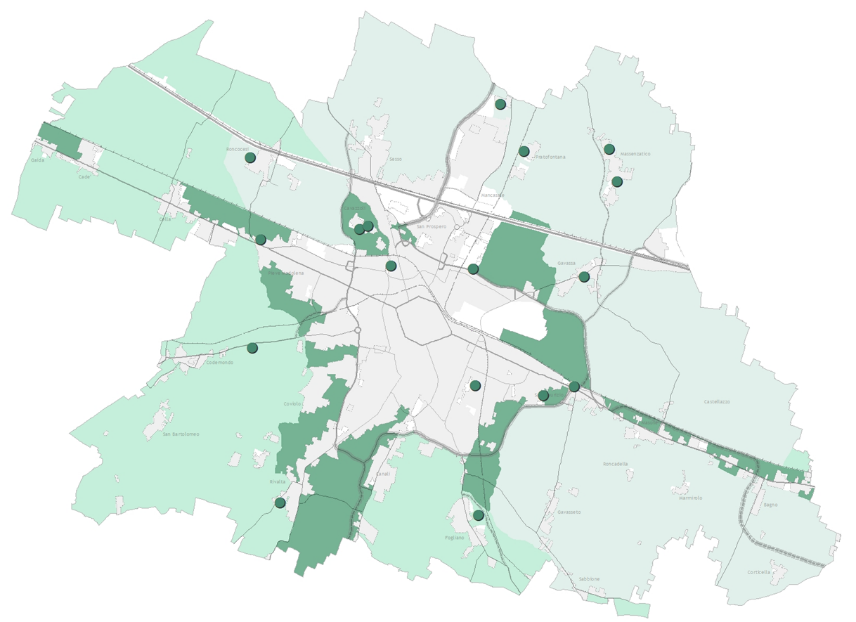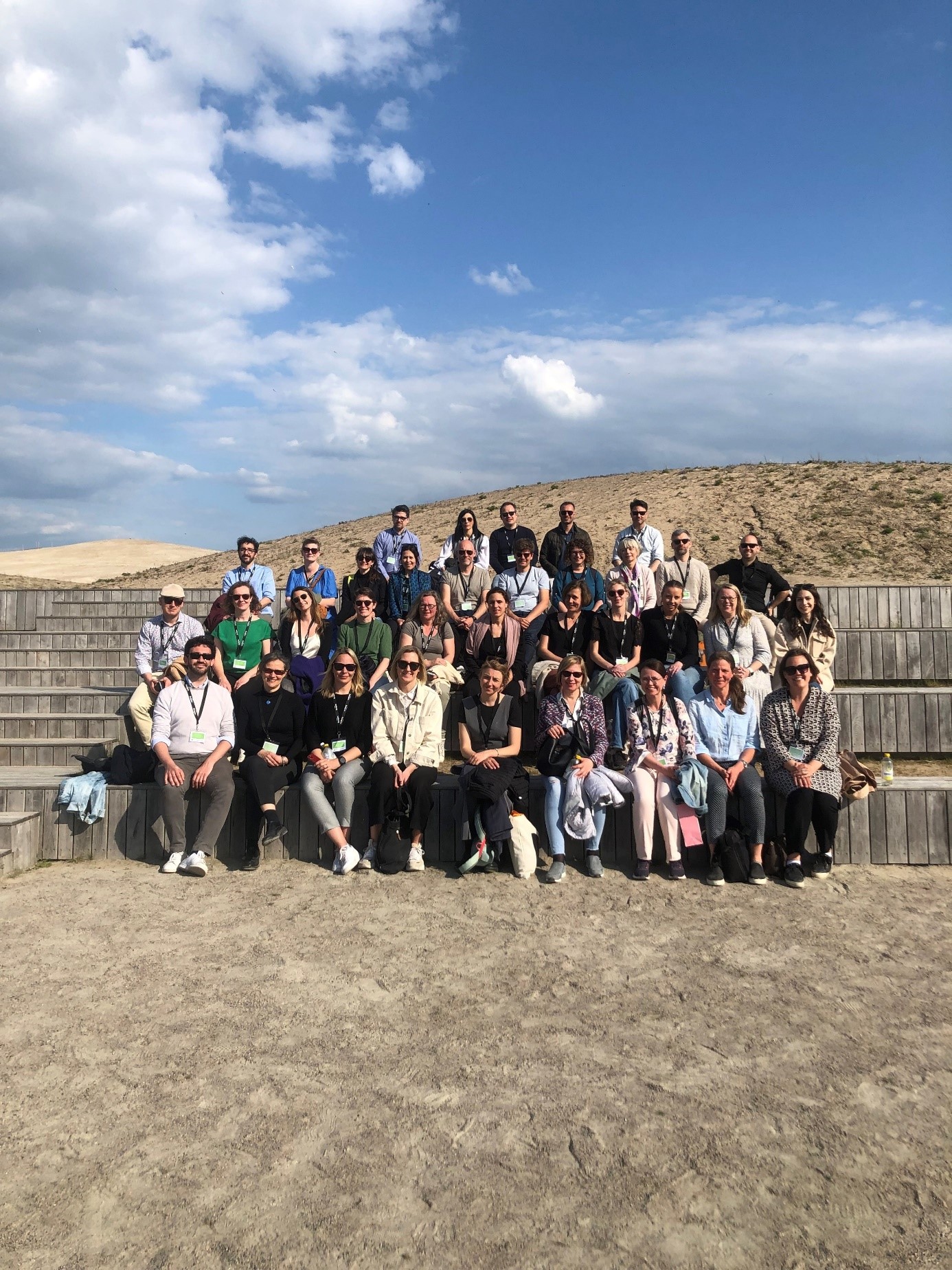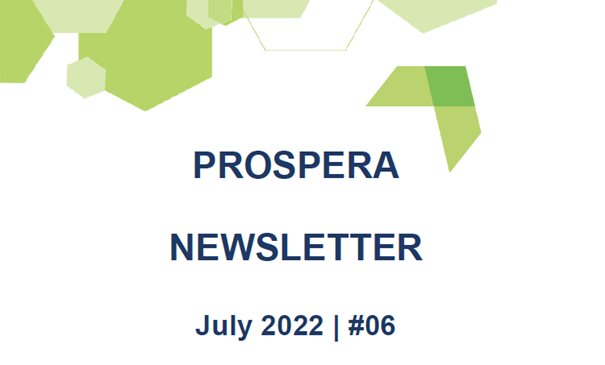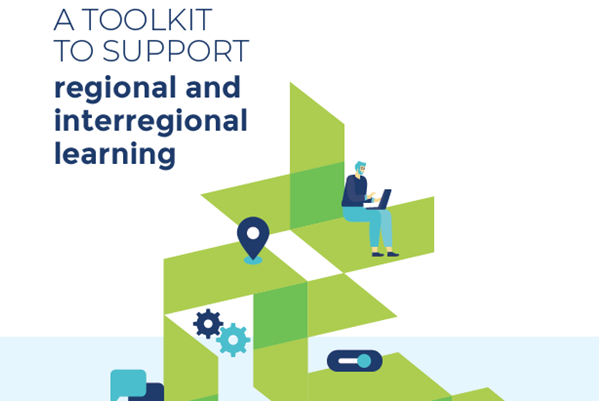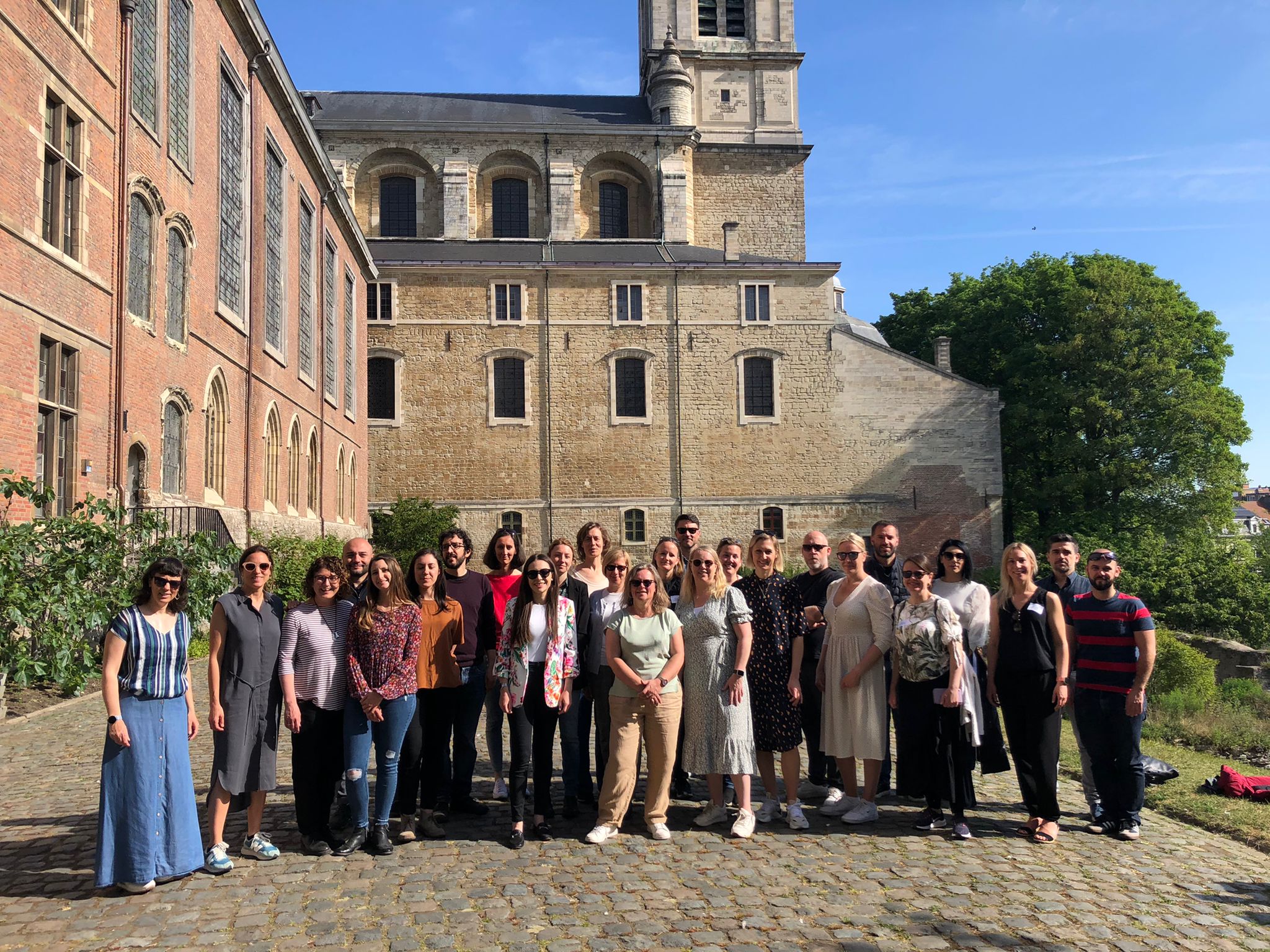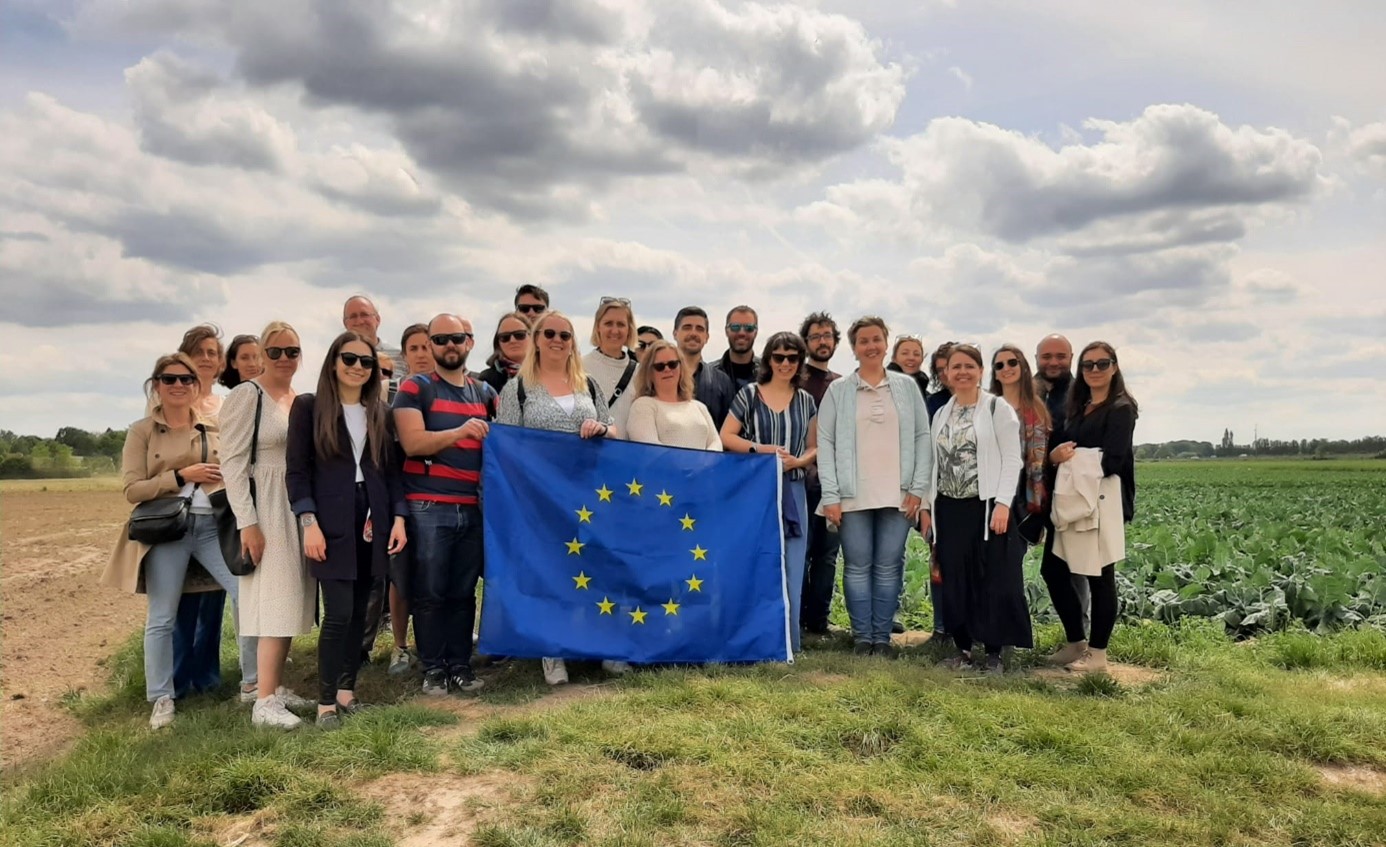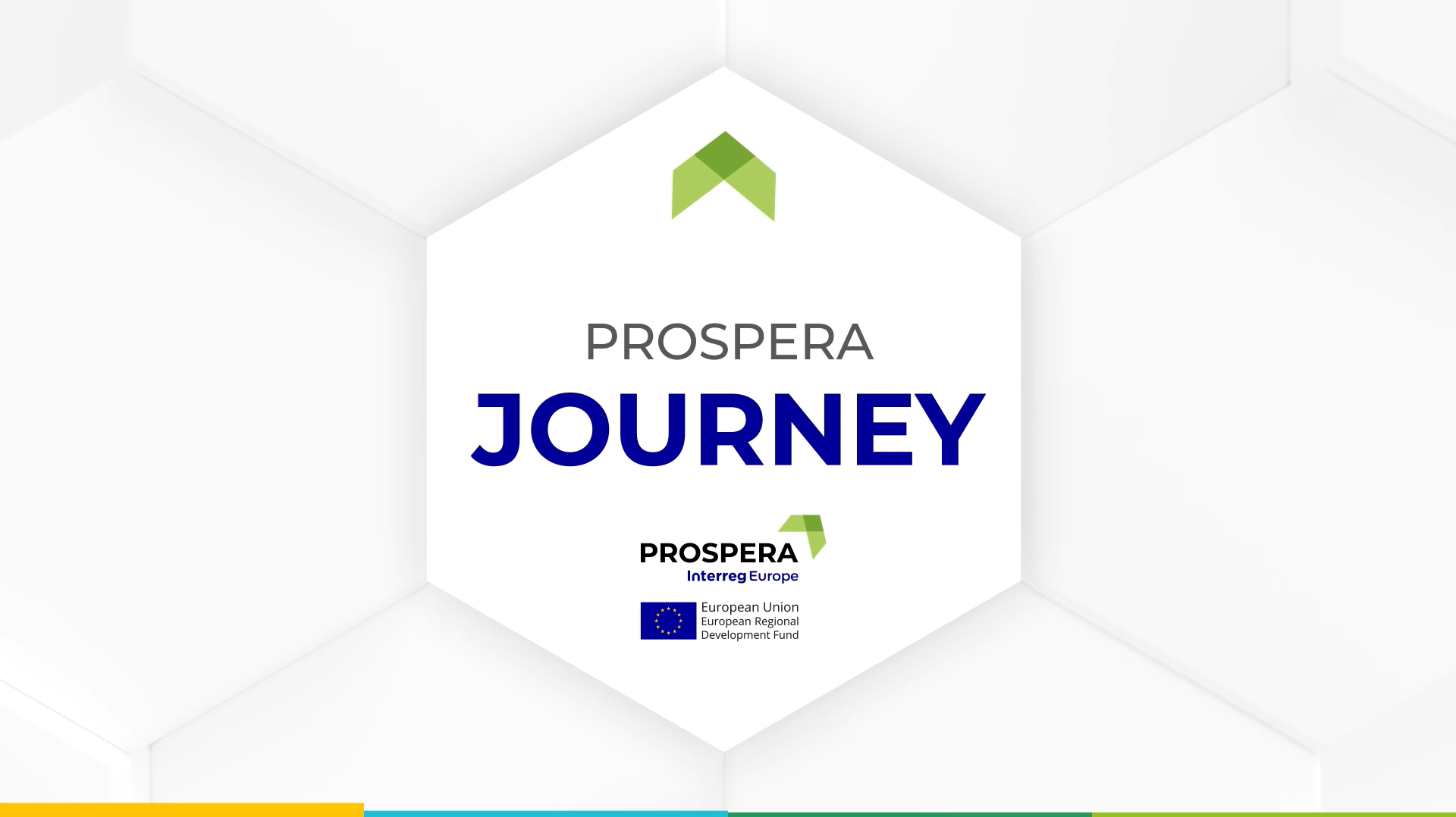As the COVID-19 crisis hits Europe, the planned activities of the PROSPERA project had to be reorganized online. Thanks to the creative tools developed by the Flemish Institute for Agriculture, Fisheries and Food Research (ILVO) the process of interregional learning on peri-urban development, which is the key goal of the PROSPERA project, has continued successfully. Likewise, ILVO provided the methodological support for the organization of a fruitful online field visit, which was attended by more than 70 persons. We interviewed Anna Verhoeve and Jeroen De Waegemaeker, senior researchers at ILVO, to ask them for some tips and tricks in the set-up an online field visit.
The first day of the field visit started with a three hours plenary part during which the city of Ghent presented its’ four good practices. These plenary presentations succeeded at capturing the audience attention, even in these times of continuous homework. What is your secret recipe?
“There is no secret. In essence an online field visit respects the basic structure and principles of a regular field visit”, Jeroen answers. Anna adds “Indeed. Firstly, the audience needs to understand the context of the good practices that will be presented; key facts and figures about population, open spaces, mobility, etcetera. This information is crucial as it allows the attendees to reflect on the key differences and similarities between Ghent and their own local context. Secondly, the presentation about the good practices were very focused on the PROSPERA themes and on the role of the city. If presentations are short and to-the-point, they fit better into the humans’ limited attention span.”. Jeroen continues, “What is more, the Ghent practitioners were very open about their own, local struggles in the process of policy making. That created very enticing presentations as people prefer transparency over good news shows”. Anna nods and adds “The presentations by the city of Ghent were also very illustrative. The presenters were very creative and used all available material that they could find; small videos on facebook, a video from previous projects, nice pictures. You could imagine the spaces, even if you were sitting in your own home”.
So the plenary part than a one-way informative session?
Anna and Jeroen shout together “No!”. Anna continues “Even if the focus of the first part of the online field visit lay on informing the audience, we still encouraged interactivity. We used the tool mentimeter that capture first reactions and questions for each presenter. Specific questions were answered immediately but broader, reflective questions were addressed in a plenary debate with all the presenters. The benefit of mentimeter is that you can integrate it within your presentation, thus visualizing the attendees’ input as it comes in.” Jeroen adds “We also asked the attendees to use mentimeter on their smartphone in order to prevent them to open up too many internet windows on their PC. We didn’t want to lose our audience.” Jeroen and Anna chuckle.
In the afternoon each country organized an online workshop about the good practices by using the MURAL app, an online platform for visualization and interactive brainstorms. Why did you split the international group for these local workshops?
Jeroen answers “The goal of the workshops was to bring home the good practices. We asked the attendees to debate if and how a good practice of Ghent could be transposed to their own, local context. Because it is one thing to learn about a good practice in a city, it is a whole different thing to reflect upon its’ potential for your own city. Visualization tools such as MURAL helped to structure that debate and helped to make the abstract more tangible”. Anna continues “Local workshops also allow everybody to speak his or her native language. The workshop also allowed for PROSPERA partners and their local stakeholders to get to know each other. The final goal of PROSPERA is the definition of local action plans. Getting to know each other is a first, crucial step in that process!”.
On the last day of the online field visit, you organized another workshop using the MURAL tool. You did put all the results of the four local workshops into one document. What was the aim of this workshop?
Anna answers “The last workshop drew together all reflections, ideas and questions about each good practice of Ghent. This discussion amongst the PROSPERA partners on transferability allowed for an in-depth discussion about the advantages and pitfalls of the presented good practices. It was a moment for international exchange on policy making for the peri-urban area.” Jeroen continues “It was also a workshop to feed back into the policy work by the city of Ghent. The Ghent practitioners spend a lot time preparing for the online field visit in order to inspire the four other cities. This was an occasion for the other cities to inspire Ghent in further steps for their good practices.”
